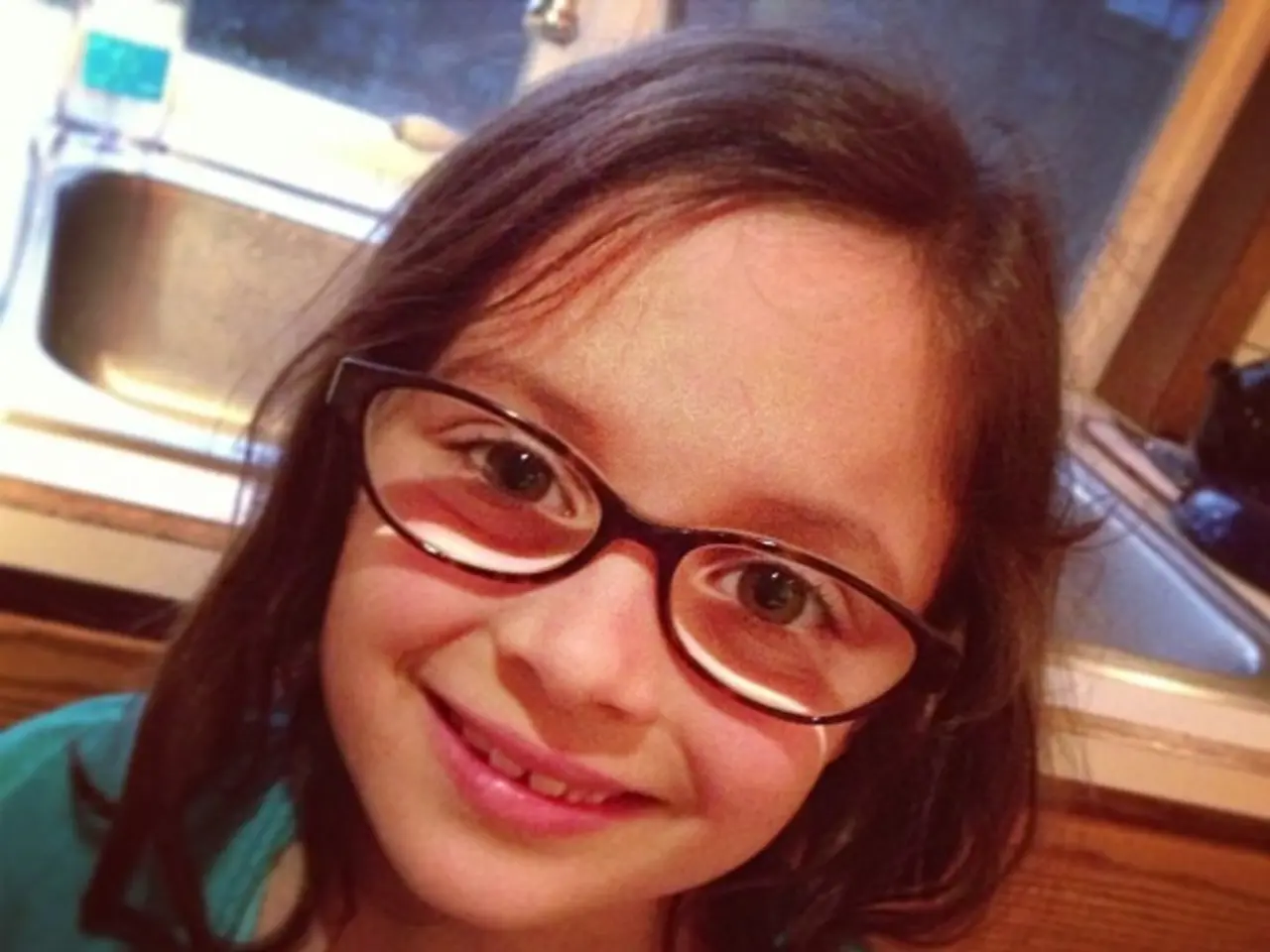Managing Nystagmus in Infants Born with a Congenital Condition
In the first few months of a baby's life, parents might notice an unusual movement in their child's eyes - a condition known as Congenital Nystagmus, or "dancing eyes." This involuntary and periodic eye movement is a result of an inherent visual or neurological syndrome and does not occur while the child is asleep.
Symptoms of congenital nystagmus include diminished vision, bad depth perception, oscillating eyes, double vision, oscillopsia (the perceived movement of objects), dizziness, numbness, poor coordination, and in some cases, hearing loss. The condition can also lead to limitations for the kind of profession children with congenital nystagmus may choose as they grow, and parents should be aware of this.
Diagnosis of Congenital Nystagmus involves a complete paediatric examination, an ophthalmic exam, an electroretinogram, and for uncharacteristic nystagmus, imaging methods like MRI and neurological examinations. It's important to note that Congenital Nystagmus typically impacts both eyes in a horizontal path, but cases of circular and up/down movements have also been reported.
While there is no definitive cure for Infantile Nystagmus, treatment focuses on several key areas. Firstly, the correction of refractive errors, such as short or long-sightedness, can be addressed with prescribed glasses. Secondly, treatment of any squint or strabismus is essential. Thirdly, achieving optimal development of the visual system is crucial. This can be facilitated by correcting abnormal head position.
Medications such as gabapentin and memantine have shown efficacy in infantile nystagmus by reducing the frequency and severity of the eye movements. Surgical interventions may be considered in selected cases, especially to correct associated strabismus or abnormal head posture, but these are less common and require careful evaluation due to complexity and variable outcomes.
Management of associated ophthalmic conditions like amblyopia (lazy eye) and refractive errors is also important to optimize visual development. Given that congenital nystagmus often occurs with other neurological or visual impairments, a multidisciplinary approach involving ophthalmologists, neurologists, and rehabilitation specialists is essential for comprehensive care.
Some non-conventional therapies such as craniosacral therapy have been explored anecdotally, but lack strong scientific support for nystagmus treatment. If you suspect your baby has congenital nystagmus, it's crucial to speak to your pediatrician at the earliest.
It's also worth noting that visual deprivation, such as glaucoma, cataracts, retinal detachment, abnormalities in the optic nerve, and achromatopsia can cause nystagmus in babies. Additionally, vitamin deficiencies, extended drug use or side effects (recreational or prescribed drugs), strokes of the central nervous system, and coloboma (where the eye isn't formed fully) can also cause nystagmus in infants.
Lastly, the article suggests reading about Watery Eyes (Epiphora) In Babies for further information. However, the article does not provide details about the symptoms or causes of Watery Eyes in babies.
In summary, treatment for congenital nystagmus in infants focuses on medication (gabapentin, memantine), managing coexisting eye issues, possible surgery for eye alignment or abnormal head position, and coordinated multidisciplinary support. Ongoing monitoring and individualized assessment guide therapy choice given variability in severity and associated conditions.
- Parents may need to consider how Congenital Nystagmus could impact their child's future career choices in the workplace-wellness.
- Scientific studies have shown that medications like gabapentin and memantine can reduce the frequency and severity of eye movements in cases of infantile nystagmus.
- The sleep pattern of a baby with Congenital Nystagmus is not affected, as the condition does not occur while the child is asleep.
- Health and wellness guidelines for parents might include regular check-ups and consultations with a team of specialists, including ophthalmologists and neurologists, for children with Congenital Nystagmus.
- Fitness and exercise, along with proper nutrition, are essential for maintaining overall health and well-being, which could be beneficial for managing symptoms associated with Congenital Nystagmus.
- Mental health is an often overlooked aspect when dealing with medical conditions like Congenital Nystagmus, and parents might want to consider speaking with a therapist or counselor to help their child cope with any emotional struggles.
- In some cases, medications like gabapentin and memantine may not be suitable for individuals due to medical conditions or interactions with other prescribed drugs, so alternatives such as CBD may be considered.
- Ageing can bring about additional challenges in managing conditions like Congenital Nystagmus, as older adults may face issues with weight management, Medicare, and access to therapies and treatments.
- Women's health and men's health are separate yet equally important areas, and both are impacted by conditions like Congenital Nystagmus, with women potentially facing skin-care issues related to long-term eye strain.
- Neurological disorders such as amblyopia (lazy eye) and other visual impairments often coexist with Congenital Nystagmus, requiring close monitoring and coordinated treatment plans from a multidisciplinary team of specialists.




